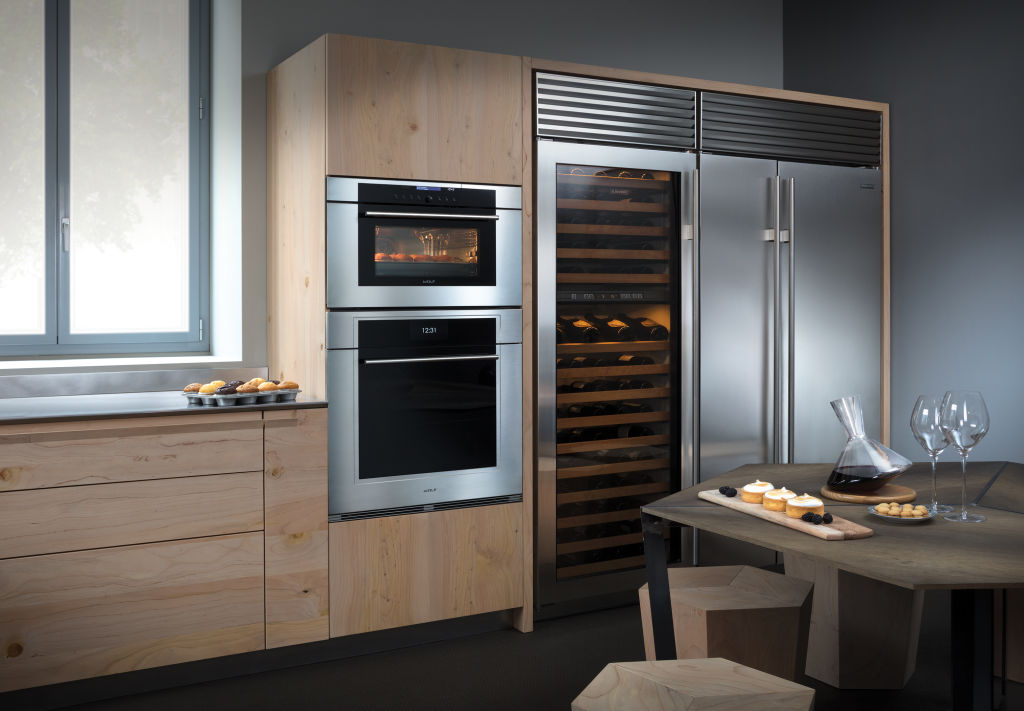Why Wilshire Refrigeration & Appliance?
- High-Quality and Reliable Service
- Over 50 years of Service
- Customer Satisfaction Comes First
- Detailed, Hassle-Free Quotes on All Services


Why Do Customers Continue To Choose Wilshire Refrigeration & Appliance?
We offer best in class service for your quality appliances. Our mission is to treat our customers, their homes and appliances with care and respect while ensuring the service we perform is to their complete satisfaction.
At Wilshire Refrigeration & Appliance, we set ourselves apart from the rest with all of the following:
- Service for more than a dozen luxury appliance brands
- Over 50 years of experience
- Authentic parts directly from leading manufacturers
- Fair and affordable prices, hassle-free quotes, and no hidden fees
- Highly trained and screened technicians, chosen specifically to uphold peak industry standards
Have your appliance service needs handled by the pros at Wilshire Refrigeration & Appliance! Contact us online and schedule your appointment.

Our Core Values
Client satisfaction is at the forefront of our minds at Wilshire Refrigeration & Appliance. Our business model is built on respect, promptness, honesty, and taking pride in our work. When you choose us for your appliance repair, you learn how closely we hold to these values.
Our Happy Clients Say
Articles
The most common troubleshooting tips, care resources and information about your luxury appliances.
Bosch Service & Repair Los Angeles
Bosch appliance repair los angeles German-built Bosch dishwashers, refrigerators, and wall ovens run whisper-quiet, but hard water, power surges, and nonstop cooking can still wear them down. When the
Thermador Service & Repair Los Angeles
Thermador appliance repair los angeles Thermador ranges, wall ovens, and built-in fridges power many of L.A.’s busiest kitchens. When an ExtraLow® burner sputters or the freezer creeps above 10

Luxury Appliance Experts
Wilshire Refrigerator & Appliance is uniquely qualified to service any Luxury fridge, oven, or washing machine. We service clients across Southern California including Santa Barbara, Ventura, Los Angeles, Riverside, Orange, and San Bernardino Counties, as well as Las Vegas.


















